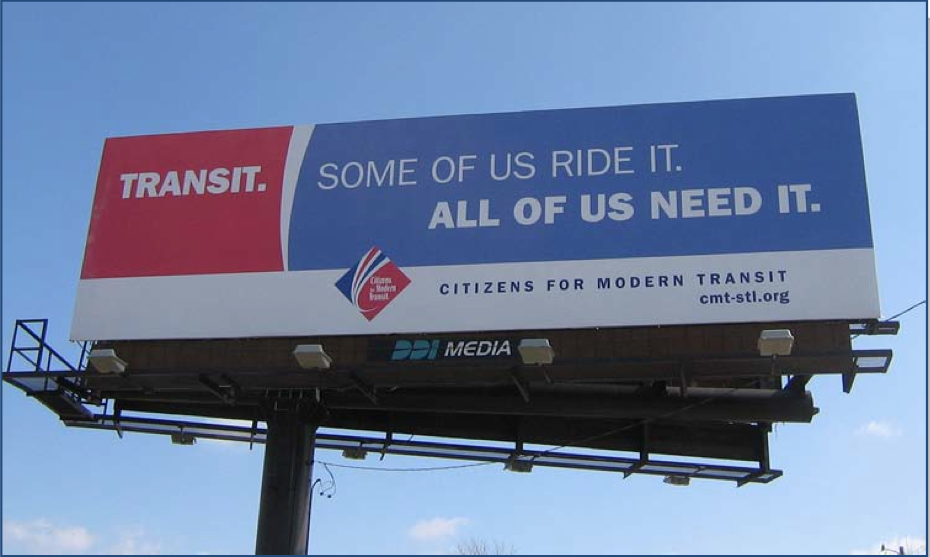
PUBLIC POLICY RESEARCH CENTER, UNIVERSITY OF MISSOURI–ST. LOUIS
On April 6, 2010 the voters of St. Louis County approved a tax increase for transit with a surprising 63 percent majority. The 1⁄2 cent sales tax now raises about $75 million a year to maintain the bus system and expand light rail. Seventeen months earlier a similar initiative had lost with 48 percent of the vote. With the economy in a recession in 2010, unemployment high, and the anti- tax Tea Party movement rising around the nation, the huge majority for Prop A was startling. In this paper we try to explain the success of Prop A and tease out the lessons for future tax initiative campaigns and civic coalitions.
View this complete post...
Tags: campaign, Missouri, MO, Prop A, Public Policy Research Center, St. Louis, Transit, University of Missouri
Posted in
Funding, Infra Views, Local, National, Policy, Public Opinion, Public Transportation, Transit
Comments Off on From Checkbook Campaigns to Civic Coalitions: Lessons from the Passage of Prop A













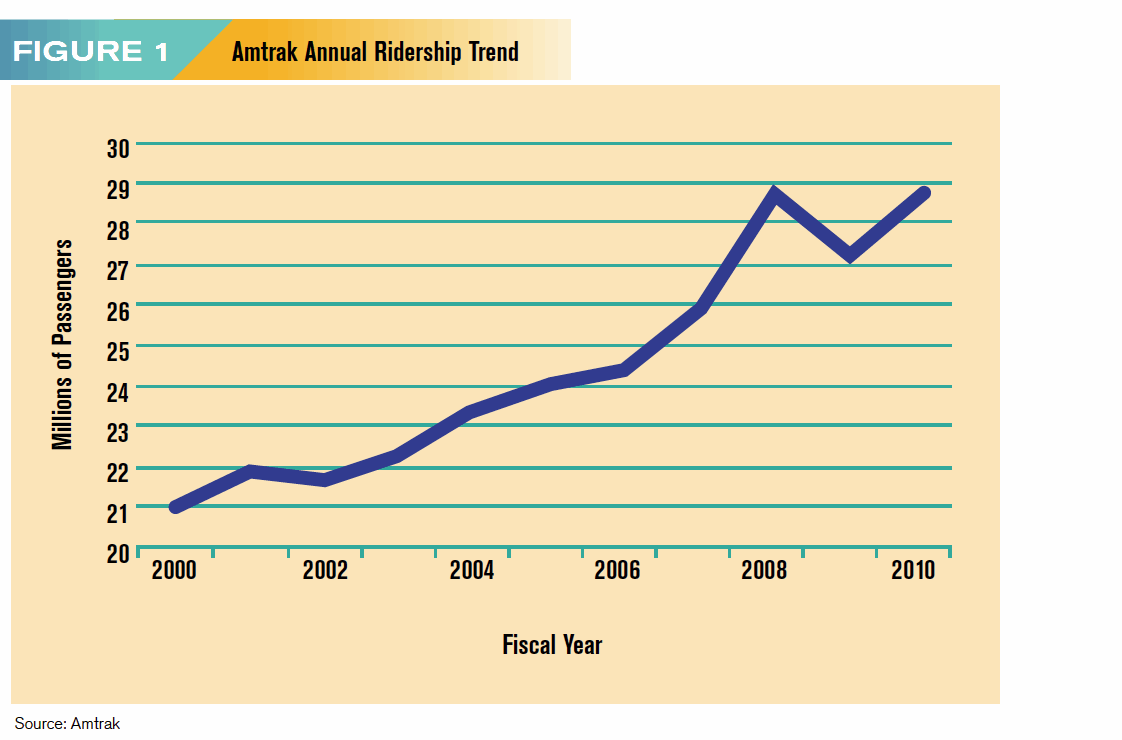

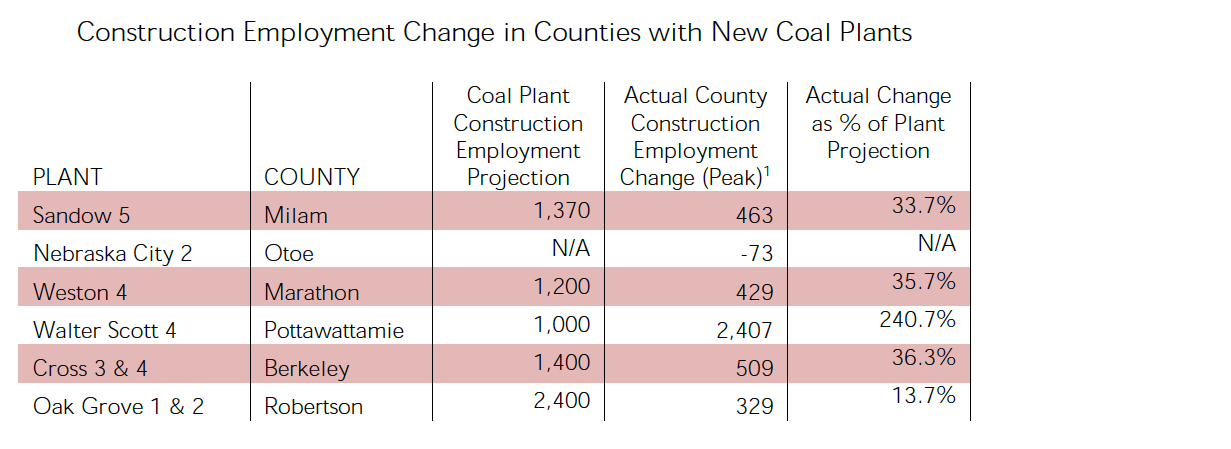
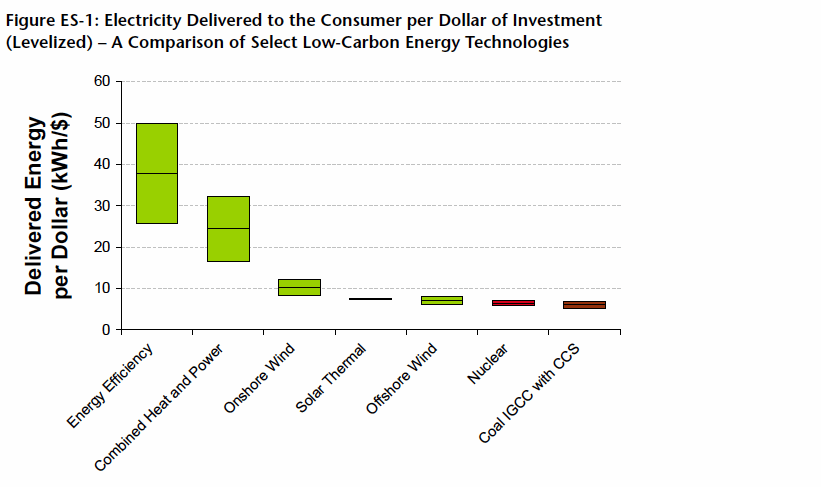
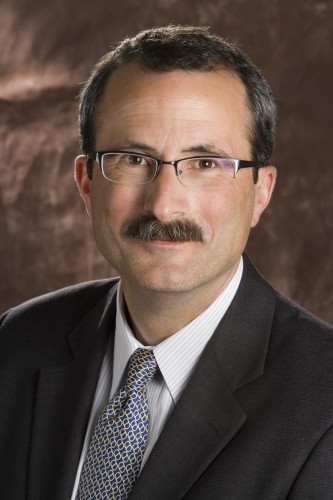

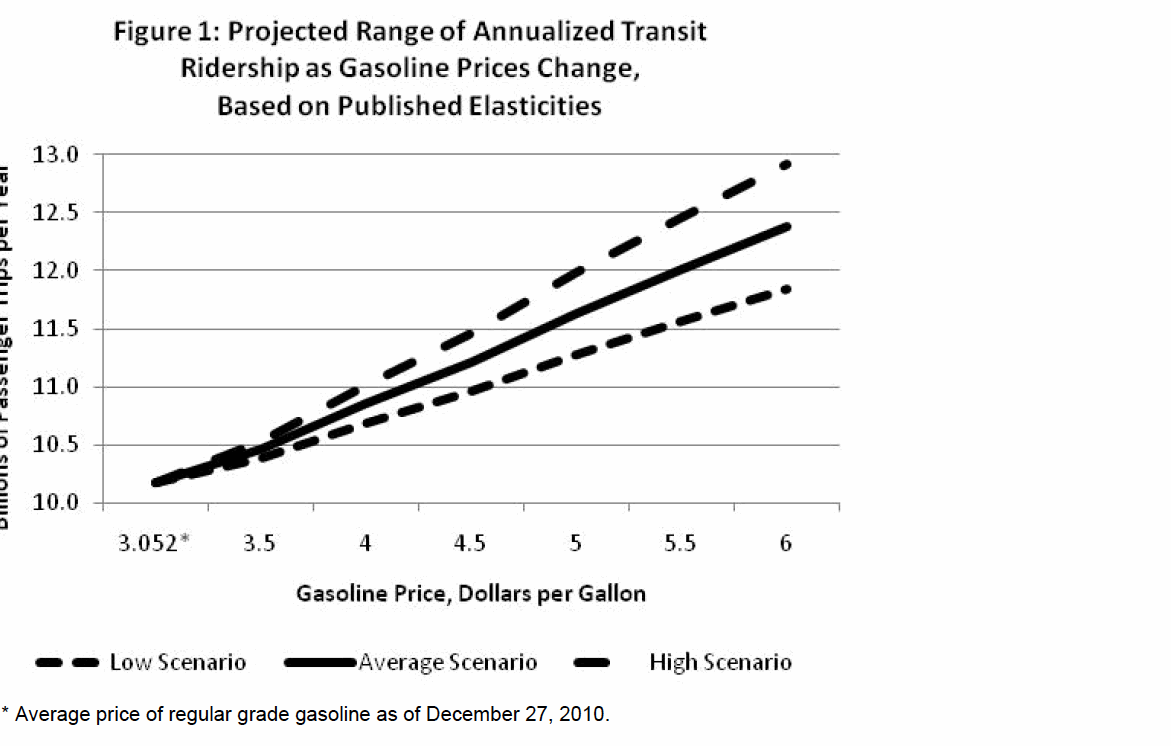

 RSS Feed
RSS Feed